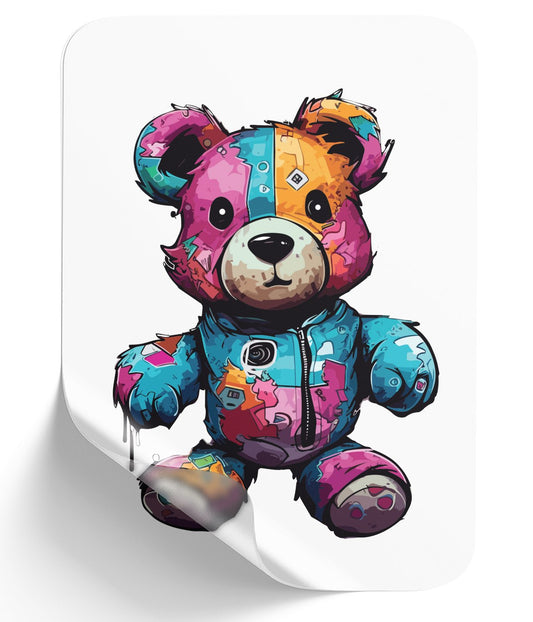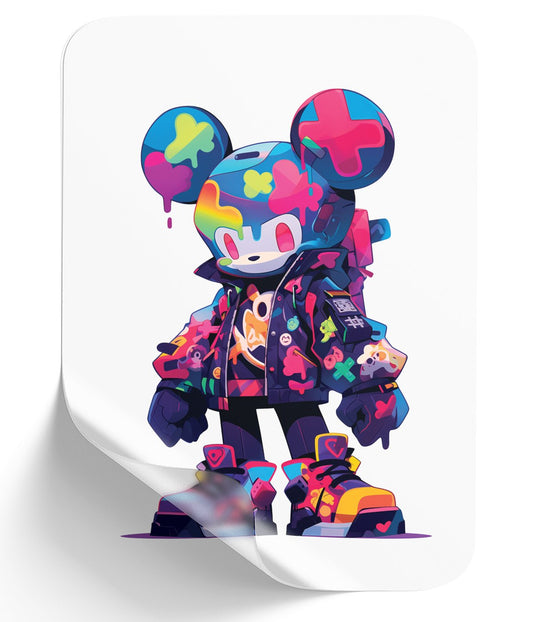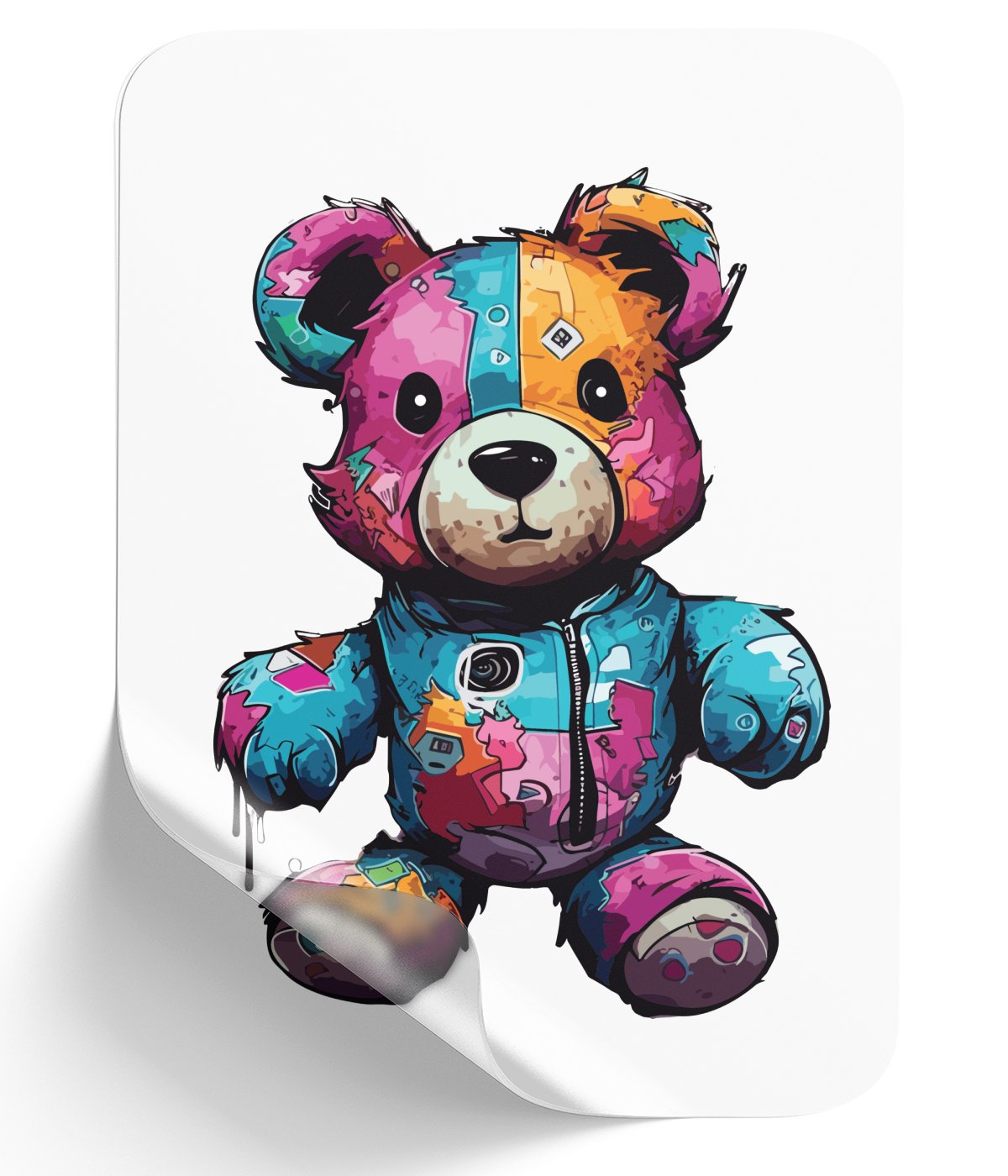The Ultimate Guide to DTF Transfer Process: Tips, Tricks, and Everything You Need to Know
Revolutionize Apparel with DTF Printing: Vibrant & Fast for Any Material. Boost Business with Transfer Superstars' Comprehensive Guide, Tips & Techniques.

Table of Contents
- Mastering the DTF Transfer Process
- DTF Transfer Tips and Tricks
- Proper Transfer Storage
- Heat Press Settings
- Troubleshooting DTF Transfer Printing
- Key Takeaways
Mastering the DTF Transfer Process
The DTF transfer process is relatively straightforward but requires careful attention to detail to achieve optimal results. Here's an overview of the steps involved in creating stunning DTF prints:
- Design Creation: Start by creating your design using digital graphic software like Adobe Photoshop or Illustrator. If you don't have advanced design skills or access to professional software, there are other user-friendly options like Canva or Procreate that can help you create eye-catching designs.
- File Preparation: Once your design is ready, export it as a high-resolution PNG file with a transparent background.
- Printing: Load your design onto specialized Direct-to-Film printer software compatible with your printer model.
- Transfer Application: Apply an adhesive powder on top of the printed design before curing it under heat.
- Heat Pressing: Finally, press the printed film onto your chosen substrate using a heat press machine at specific settings tailored for DTF transfers.
Now that you have an understanding of the overall process let's delve into some expert tips and tricks to help you make the most out of your DTF transfers.
DTF Transfer Tips and Tricks
At Transfer Superstars, we've spent years perfecting our DTF transfer process to provide the highest quality prints for our customers. Here are some insider tips and tricks that can help you elevate your DTF printing game:
- Pre-Press: Always pre-press your garment for a few seconds before applying the transfer to remove any moisture or wrinkles. This will ensure better adhesion of the film onto the fabric.
- Lint Removal: Use a lint remover to clean your garments before pressing. Any lint or debris on the fabric can lead to uneven application and poor print quality.
- Heat Press Pillows: Invest in premium heat press pillows to create even pressure distribution when pressing transfers onto garments with seams, buttons, or zippers.
- Proper Alignment: For beginners, using a T-Shirt Ruler can help achieve consistent placement of designs on your garments.
- Trimming Transfers: Use a rotary trimmer to neatly cut around your printed designs for a professional look.
Proper Transfer Storage
Taking care of your DTF transfers is crucial in maintaining their quality and longevity. Follow these storage guidelines to keep your transfers in optimal condition:
- Store transfers flat in a cool, dry area away from direct sunlight.
- Keep them in sealed plastic bags or containers to prevent exposure to dust and moisture.
- Avoid stacking heavy objects on top of your transfers as it may cause damage or distortion.
Heat Press Settings
Achieving the perfect heat press settings for DTF transfers is crucial for optimal results. Here's a general guideline:
- Temperature: 275-300°F (135-149°C)
- Pressure: Medium to high pressure
- Time: 7-10 seconds
Note that these settings may vary depending on the specific type of heat press machine, transfer, and garment material you're using. Always test your settings before pressing large batches of transfers.
Troubleshooting DTF Transfer Printing
If you encounter any issues during the DTF transfer process, don't worry! Here are some common problems and their solutions:
- Incomplete Transfer: If parts of your design don't adhere to the garment, increase your heat press temperature slightly or extend the pressing time.
- Scorch Marks: Lower your heat press temperature if you notice scorch marks on your garments after pressing.
- Poor Print Quality: Ensure that your design file is high-resolution and check for lint or debris on your garments before pressing.
- Inconsistent Results: Regularly clean and maintain your heat press machine, printer, and other equipment to ensure consistent results.
At Transfer Superstars, we believe that everyone deserves to be a superstar with a bit of grit and determination. By understanding the DTF transfer process, implementing our expert tips and tricks, and troubleshooting any issues that arise along the way, you'll be well on your way to creating stunning prints for yourself or your clients. Don't forget to order a free sample today to experience the incredible quality of our DTF transfers firsthand!
Ready to dive deeper into the world of DTF transfers? Explore our collection of informative blogs covering topics such as WTF is DTF, DTF News, DTF Printing Hacks, DTF Business, and more. Happy printing, superstars!
Key Takeaways
- DTF transfer printing offers vibrant, consistent, and fast results for a wide range of materials.
- Master the DTF transfer process by understanding each step involved, from design creation to heat pressing.
- Implement expert tips and tricks such as pre-pressing garments, using lint removers, investing in heat press pillows, and properly aligning designs.
- Store your transfers correctly by keeping them flat, cool, dry, and protected from dust and moisture.
- Optimize your heat press settings according to the specific machine, transfer, and garment material being used.
- Troubleshoot common issues with DTF transfer printing by adjusting heat press settings or maintaining equipment cleanliness.
- Explore Transfer Superstars' blogs for more in-depth knowledge about DTF transfers and related topics.
Remember that practice makes perfect! As you continue experimenting with the DTF transfer process and applying these tips, you'll be well on your way to becoming a true superstar in the world of custom apparel printing.
For a thorough understanding of how to heat press DTF (Direct to Film) transfers, explore our in-depth Step-by-Step Guide for comprehensive details and expert insights.
You'll also find a comprehensive guide on how to properly use a Heat Press, including the correct way to Heat Press DTF transfers.
Additionally, we help you understand the difference between various Peel techniques, so you can choose the best one for your needs. Discover more about these Peel methods and their advantages on our blog.





